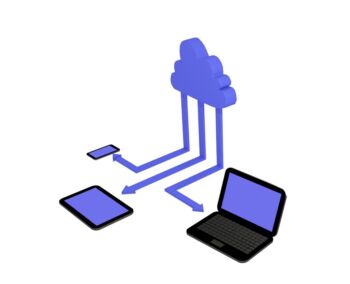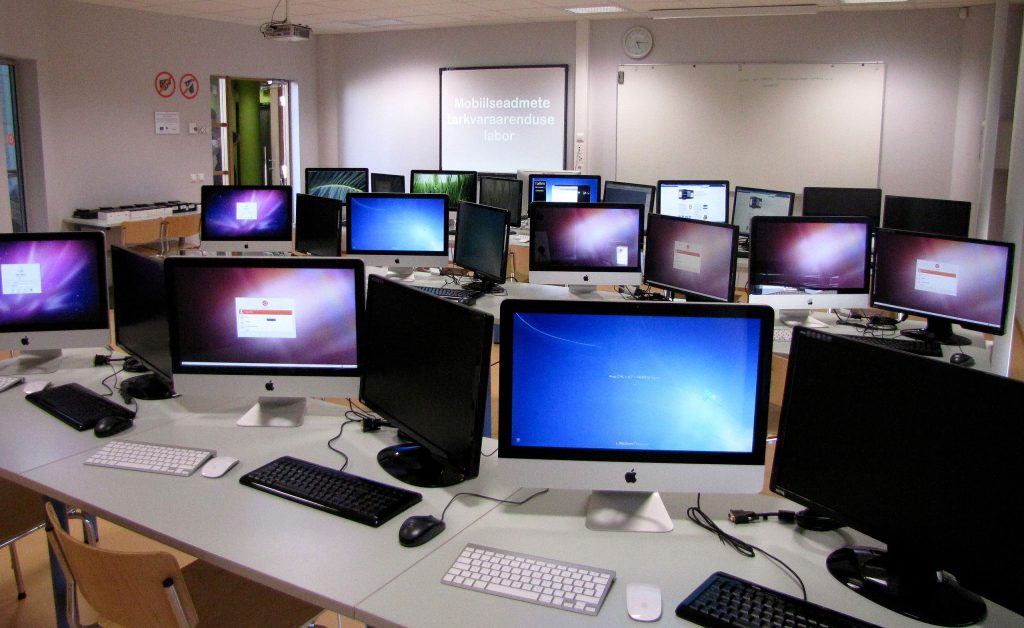The improvements in ICT technology promoted the diffusion of a new, flexible model of work: smart working.

Image source: https://pxhere.com/en/photo/1453591
What Does Smart Working Means?
While many think that smart working means adaptation to new instruments and technologies, update of the layouts, flexibility of workstations, there’s more to it. It involves the adoption of different organizational patterns. Smart working makes us take advantage of digital technologies and the flexibility they offer, improving both the performance and the satisfaction obtained from the job.

Image source: https://search.creativecommons.org/photos/6127a49e-6458-4d8c-9770-555d6cbb1633 by FutUndBeidl
Freedom and Balance
This model of work is the perfect example of the overused term “smart”: the two key points of smart working are the creation of a more profitable way of working and the use of technology to carry it out. It can be considered a natural evolution of teleworking, but with the addition of greater mobility and versatility. While teleworking used to move the work from the office to home, smart working makes it possible to work anywhere.
Smart working offers both advantages and disadvantages: if on one hand it increases the worker’s freedom and autonomy, saving money and time, on the other hand, it can reduce productivity or stress the worker by invading his personal space.

Mobile and ICT
New technologies are the key factor in the development of smart working. These technologies include a wide range of tools, based on internet, mobility and clouds. The “technology convergence” means the connection of mobile workers to an organization’s information system. The widespread adoption of smartphones and both the reduction in price and the improvements in computing power of portable computers promote the diffusion of smart working. Moreover, clouds provide an easy shared platform. Lastly, travel to client meetings can be reduced thanks to video conferencing, internet-based telephone calls, instant messaging and other mobile facilities.

Image source: https://search.creativecommons.org/photos/809a0767-262e-44d0-a57e-f55be1fc601b by WolfVision_vSolution
Key Facts
Some reports offer interesting facts about the current state of smart working. Currently it seems that few workers would reject the flexibility offered by smart working, and the main reasons are distractions and possible isolation. According to the opinion of recruiters, it would be helpful to integrate smart working solutions into the work environment rather than the domestic one. Anyway, the majority of the workers would like to be able to work outside the office, which demonstrates the old theory that work from a distance is a longing for many people.
Info source:
https://ehorus.com/smart-working/
https://www.variazioni.info/2017/07/11/what-does-smart-working-really-mean/
https://ec.europa.eu/energy/intelligent/projects/sites/iee-projects/files/projects/documents/astute_smarter_working_guide_en.pdf
